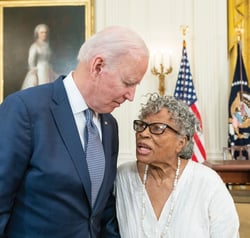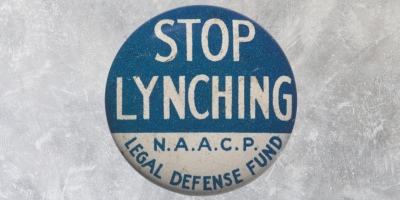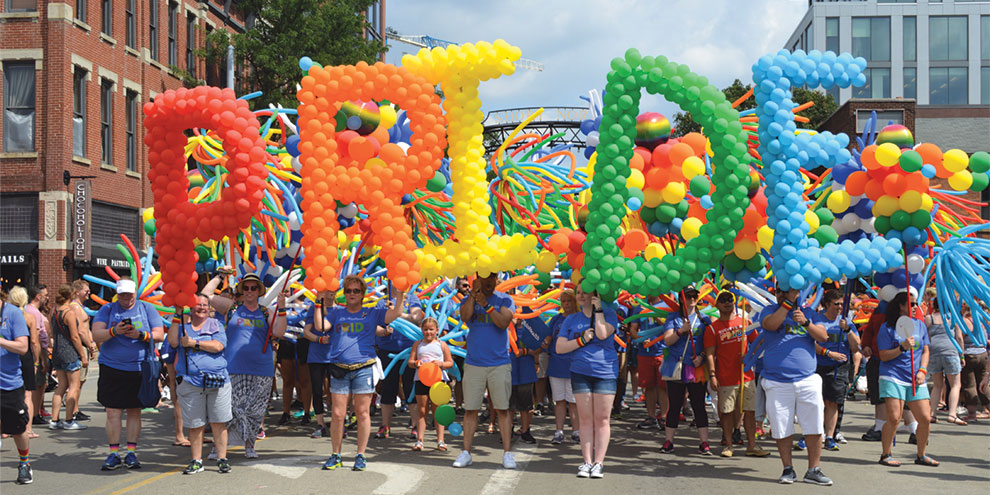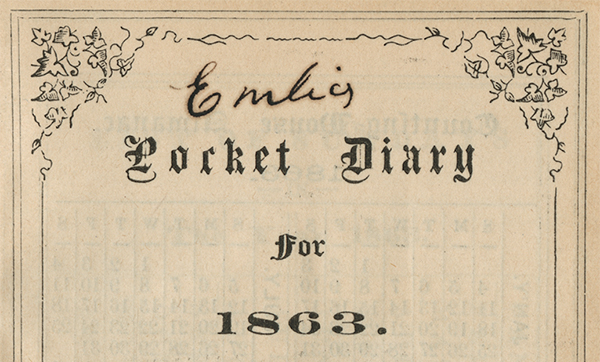Opal Lee’s Lesson: How Juneteenth Became a Federal Holiday
This story is adapted from The Civil Rights Issue, Vol. 1.9. Explore our other diversity studies offerings to learn more and celebrate the contributions of Black Americans throughout US history.
When Opal Lee was 12 years old, a racist mob of 500 white supremacists vandalized and burned down her family’s home in Fort Worth, Texas. The little girl watched police stand by and do nothing as the home was destroyed. The date was June 19, 1939. The date was forever burned into Lee’s memory. In Texas, some Blacks celebrated “Juneteenth,” because on June 19, 1865, 250,000 enslaved Black Texans were informed they had been liberated by the Emancipation Proclamation, which President Abrahm Lincoln had signed on January 1, 1863. A major general named Gordon Granger shared the news of the emancipation. By the time Black enslaved Texans were informed, the Civil War was over and Lincoln had been assassinated.

Lee was the eldest of three children. In 1939 her family moved to a mostly white section of Fort Worth known as Terrell Heights. Of the mob violence, she has said, “The fact that it happened on the 19th day of June has spurred me to make people understand that Juneteenth is not just a festival.” Over the years, first in Texas, there have been family reunions, parades, cookouts, rodeos, and beauty pageants commemorating Juneteenth. But most Americans had never heard of it. The date has also been named Jubilee Day, Liberation Day, Freedom Day, and Emancipation Day.
For decades, Lee focused on educating others about Juneteenth. Every year, she led a two-and-a-half mile march to promote making Juneteenth a federal holiday. She taught in the Texas school system for 15 years and was later a homeschool counselor. But she has really educated millions. When she was 89, she led a 1,400-mile walk from Fort Worth to Washington, DC. It took her from September 2016 to January 2017, and in each city along the way, she walked the symbolic 2.5 miles to represent her annual Texas march. She walked in Arkansas, Wisconsin, Colorado, and Georgia. Lee’s Change.org petition to make Juneteenth a federal holiday got more than 1.6 million signatures.
After the Civil Rights Movement of the 1960s sparked renewed and mainstream interest in Black history, some awareness of the original Juneteenth spread. During the Poor People’s Campaign of 1968, which was the last major mass demonstration Dr. Martin Luther King Jr. led, King’s right-hand man Reverend Ralph David Abernathy named Juneteenth “Solidarity Day of the Poor People’s Campaign.” Soon, Milwaukee and Minneapolis hosted large Juneteenth celebrations. Houston began hosting large Juneteenth marches in 1974, and five years later, state representative Al Edwards of Houston helped pass legislation to make it a state holiday. Tens of thousands gathered every year in Fort Worth’s Sycamore Park to remember June 19, 1865. By 2000, three US states observed Juneteenth. Lee pressed on. In 2006, more than 200 US cities marked Juneteenth with some sort of recognition or gathering.
In the late 2010s, events surrounding the shootings or killings of unarmed Black persons heightened the case for Black history. That enthusiasm reached its peak after Houston native George Floyd was murdered by police officer Derek Chauvin in Minneapolis. On June 17, 2021, President Joe Biden signed the Juneteenth National Independence Day Act. Juneteenth is the first federal holiday to be added since King’s birthday became one in the 1980s. At the age of 94, Lee had lived to see her dream come true. Juneteenth memorializes the day that the government finally informed Black Texans of their freedom—two years after emancipation. It took 156 years for Juneteenth to be made a national day of recognition.
 The Civil Rights Issue, Vol. 1.9
The Civil Rights Issue, Vol. 1.9
In the first of a series of Civil Rights volumes, students will dive into the stories and perspectives of traditional Civil Rights movements. Looking at the past as well as the present through this lens can provide students with insight into the world around them today as well as what is worth fighting for to shape the future.



